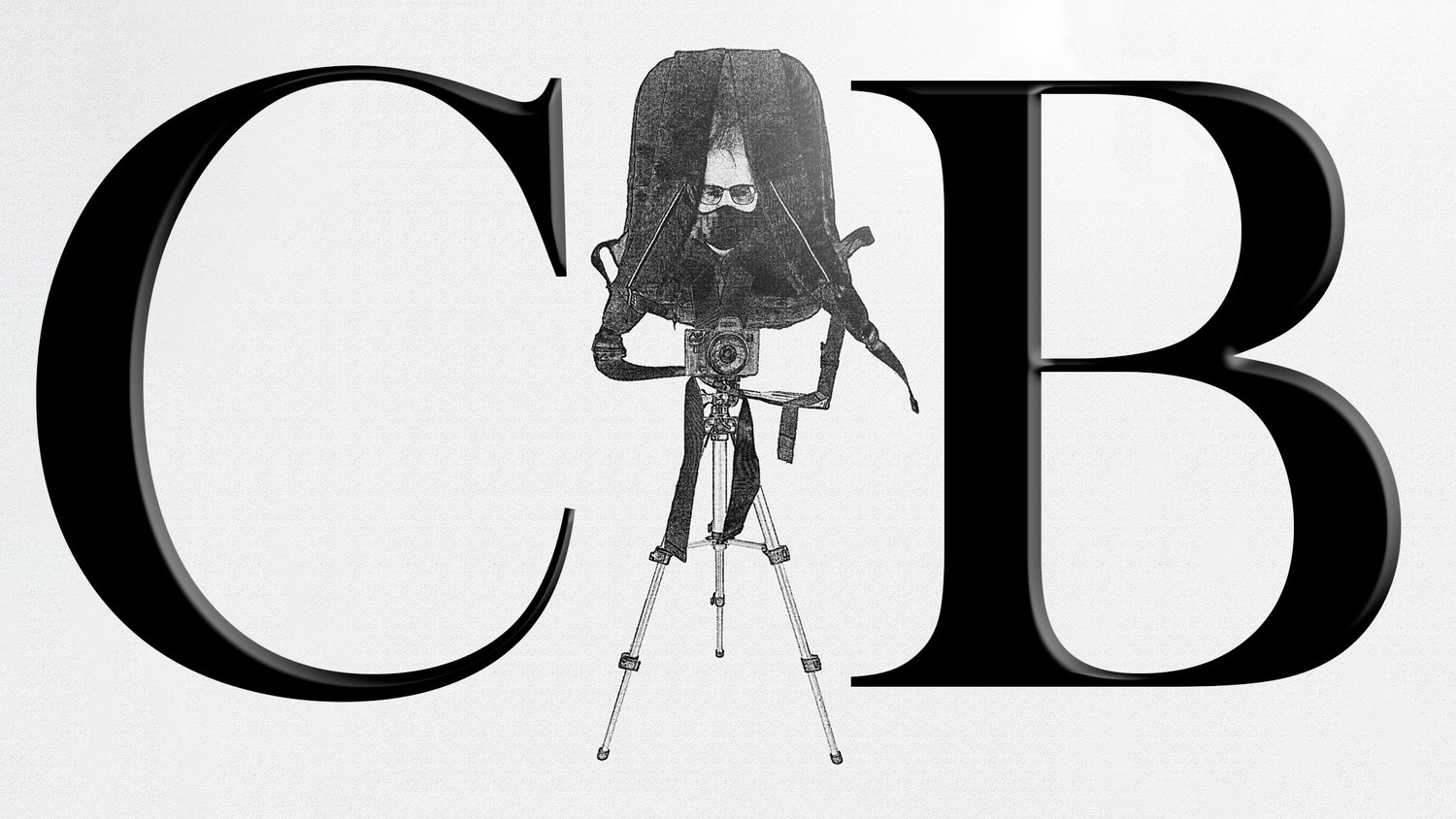Why You Need a Workflow To Change Your Camera Lenses
In this article, I'm sharing some tips that have made swapping lenses smoother for me, especially tailored for street photographers. Many of us face challenges when changing lenses in bustling urban settings like Mumbai. The issue isn't a lack of knowledge on how to change lenses; rather, it's that we've done it so often, under such varied conditions and with different gear, that we haven't developed a consistent method. This often leaves us looking inexperienced during what should be a simple task. It's almost a given to offer help to a fellow street photographer in the midst of a lens swap because the process can appear quite awkward and difficult. The truth is, without a clear workflow, it's tough to execute smoothly since the brain lacks a routine to lean on.
Here are a few helpful tips that have worked for me.
1: Develop a Workflow for Each Camera Bag
Camera bags can be a real hassle. If you're anything like me (and I hope you're not dealing with this!), you might have a collection of different camera bags for various situations. You might even have several styles for the same scenario, still searching for the perfect one. No matter how many bags you own, if the camera bag you use for your outings varies even slightly, you need to consider the specific steps required to change a lens for each one. It's all about the process, which we'll dive into with Step 3.
2: Always Use a Neck Strap With Your Camera
This advice is primarily for street photographers, who often find themselves in situations where keeping both hands free is crucial. You wouldn’t want to have to stash your camera back in your bag or hand it off to someone else. Notably, a camera strap is invaluable when changing lenses. My first step in lens changing is always to hang the camera around my neck. This prevents any chance of dropping the camera and stabilizes it for the lens swap. You should be able to change lenses freely, with both hands, without having to set your camera down. It should rest securely against your chest. This might seem like basic advice, but with all the gimmicky products out there—like wrist straps and other unconventional setups—it's easy to forget. These can complicate the process, wasting time or even risking your gear. Always opt for a neck strap!
3: Go Over the Steps in Your Head As You Change the Lens
I was inspired to write this article after one day, I decided to count the steps it took to change a lens using my new camera bag. I began by slinging the camera around my neck (thanks to the trusty neck strap!). Next, I unzipped both top zippers of the bag. The third step involved unscrewing the lens, followed by placing it inside the bag. After that, I removed the rear lens cap and attached the new lens. I then placed the rear lens cap on the lens I had just stored and arranged it properly within the bag. Finally, I zipped up both zippers again. Counting each step, I realized how different bags and gear could significantly change the number of steps required. Consider variables like lens filters—would I need to swap a variable ND filter for a regular polarizer? And what about the bag's layout? Perhaps there are other compartments to access, or maybe the lens needs extra protection with a lens cloth, especially if it's an expensive one.
Each photographer has their unique methods and preferences, making our lens-changing routines quite distinct. Depending on the type of photography session and the gear we bring, the process can involve several additional steps. It's no surprise then that changing lenses in the field can sometimes seem confusing or clumsy. We aren’t always working under consistent conditions.
What I learned from meticulously counting each step was enlightening. Time seemed to slow down, my movements became more deliberate and precise, and I probably changed the lens quicker than usual. I realized that in the same conditions, I would likely be able to perform the swap even faster next time. This was confirmed later at the beach when I switched from my 85mm prime with the ND filter to my 24mm lens with a regular polarizer. The process felt quicker, I didn't hesitate, and I felt more confident.
That’s a Wrap!
This isn't just an article about changing lenses; it's about recognizing that there's a systematic workflow you can establish by counting the steps involved. This approach is both methodical and practical, and it helps develop a routine that can streamline the process of swapping lenses while you're on location. Give it a try next time if you don't already have a system in place. You might find it really beneficial. I’d love to hear if it works for you.

